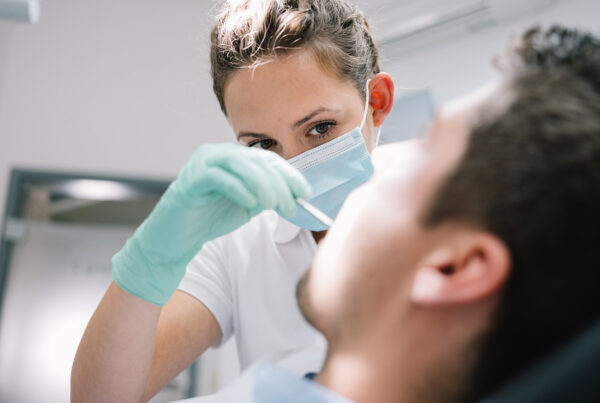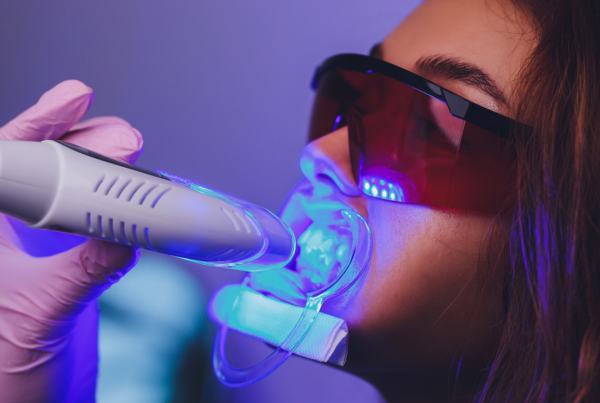40% OF KIDS WILL develop at least one cavity by the time they reach sixth grade, which means that childhood caries is the most common disease among children. Fortunately, it’s also a highly preventable disease. When parents make their kids’ dental health a priority, they can make a huge difference. Step one is knowing the culprits behind tooth decay.
Sugary Treats Are Oral Bacteria’s Favorite
Kids love sugar, but so does the harmful bacteria that causes cavities, which feasts on the residue that remains in the mouth after eating a sugary treat. So many of the popular snack foods kids like, not to mention candy, are loaded with added sugar. Every time we eat something sugary or acidic, it takes thirty minutes for our saliva to wash everything away. That means too many snacks between meals stops a child’s saliva from effectively protecting their teeth!
How can parents fight back? Swap out some of those sugary snack foods with fruits and veggies and try to limit sugar consumption to mealtimes. (Limiting sugar intake isn’t just healthier for the teeth, but for the whole body!)
Be Careful With Bottles and Sippy Cups
A less obvious source of sugar than treats and candy is the drinks kids love. You might think fruit juice is a healthy alternative to soda, but it has just as much sugar and is nearly as acidic. Not even milk is sugar-free! Sugary drinks are especially dangerous to teeth when kids have sippy cups or bottles to sip on them constantly. When they do this, their teeth are continuously bathed in sugar.
The risk of decay in this situation is so high that it’s earned its own nicknames: “bottle rot” or “baby bottle tooth decay.” So just like with sugary treats, we recommend cutting back on sugary drinks and especially limiting them to mealtimes. For between meals and close to bedtime, water is a much better option to put in the sippy cup.
What’s a Parent to Do?
Aside from limiting sugar intake to mealtimes and generally cutting back on it, there are plenty of other ways to help your child have a cavity-free smile. One is to be a good example of proper dental hygiene habits and to teach your child to have those habits too. Try using encouragement and positive reinforcement, explain why brushing and flossing matter, make it fun, and let your child pick out a toothbrush they like.
Bonus tip: avoid other methods of spreading bacteria like kissing on the mouth, sharing spoons, or using your mouth to clean a dropped pacifier. These things can all transfer your oral bacteria to your child.
The Biggest Fan of Your Child’s Smile: the Pediatric Dentist!
Sometimes, even when we do everything right, our kids might still be prone to dental health troubles because of things like genetics or unexpected injuries, and that’s why it’s critical to include the pediatric dentist in the team fighting for a cavity-free smile. We have special training to work with kids and identify any problems early on.








